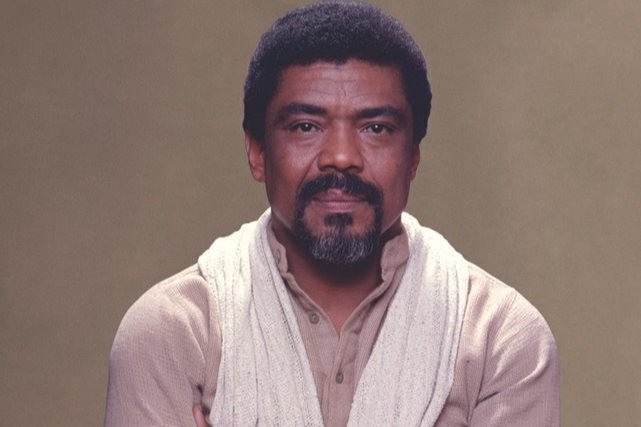Leadership Marker: The Pursuit of Excellence
Alvin Ailey
Our Jazz Leadership Project (JLP) model has four principles, the first of which is Individual Excellence. We describe this principle as personal growth and development through a commitment to mastery. The pursuit and cultivation of mastery is core to individual musicians, but also to the ensemble. This mindset propels musicians into the shed where they hone and fine tune the skills necessary to make a substantive contribution. Individual Excellence is a foundation upon which the other principles and the practices of the music take shape and form. Great expertise and command is achieved through consistent and devoted practice—the pursuit to discover the innate gifts that lead you to become the best you can be.
I haven’t read Eddie S. Glaude Jr.’s new book, We Are The Leaders We’ve Been Looking For, but as the title was intriguing, I listened to a couple of his interviews. It became apparent that JLP’s first principle of Individual Excellence is aligned with Glaude’s approach to leadership.
What I took away from his interviews is that:
We should ask ourselves what motivates us to lead. Because popularity is such a fickle creature, Glaude says, “We don’t lead to be loved, we lead in love.”
When everyday people reach for higher forms of excellence, we move outside of scripted spaces of what we should or shouldn’t be.
Work on the world as you work on yourself to “be more efficient for good.”
Embrace the lessons and inspiration from icons so you can find your own voice.
A Culture of Excellence
February is Black History Month—a celebration of every manner of excellence Black Americans have bestowed on this nation through dance, literature, music, art, sports, culinary arts, and so many other areas. Recognizing the contributions of so many that have and continue to provide a rich tapestry of culture is essential.
Greg and I made it to the Edges of Ailey exhibit the day before it closed. Thankfully so. When we stepped off the elevator at the Whitney Museum, we were enveloped in a visual and auditory landscape of elegant excellence. The length of the exhibit hall was lined with huge video monitors, so you only had to tilt your head up to watch iconic dance pieces by the Ailey Company. The rhythms of jazz, blues, and R&B created a spirited vibe as we wove our way through the exhibit, experiencing the creative genius of Alvin Ailey through personal letters, work notes, video interviews, visual art, sculpture, tour posters, and more.
What struck me throughout the exhibit was the intentionality of Ailey’s collaboration with so many other artists and their work—musicians, visual artists, dancers, and writers. Ailey was inspired by musicians such as: Duke Ellington, Charlie “Bird” Parker, Donny Hathaway, Hugh Masekela, Nina Simone, and Bessie Smith; collaborated with dancers Katherine Dunham, Geoffrey Holder, and Carmen de Lavallade; with writers Langston Hughes, Albert Murray, and Maya Angelou; and with visual artist Romare Bearden. It was as if Ailey saw a level of excellence in these individuals that spoke to him and through which he could “carve the space” for creative potential.
Recognizing leadership in ourselves is an ongoing process that requires commitment and perseverance. Recognizing leadership in the people around us, not just those with recognizable names, requires extending beyond ourselves and embracing the talents of those people. It’s a pathway to not only strengthen the work we do, but to also build a better society.
A case in point: Greg and I recently worked with a team of leaders from Google. One of their challenges was to become more self-aware and gain more clarity regarding their respective functions. This was imperative as they were working on a high-level project that would soon have a public launch. Through our Ensemble Success Assessment, the team saw themselves mapped on a four-zone matrix based on their workstyle preference. Each zone has a signifier: Stabilizer, Improver, Integrator and Innovator. What was revealed was that there was a sole member of the team in the Improver zone—dealing with operational standards and processes. By the conclusion of the workshop, team members had a heightened recognition of this individual as a team asset, to whom they needed to provide greater support. Moreover, they questioned where else in their team dynamic this nuance might be playing out.
If there is a leader in our midst, whose talent we can bring into focus, we can more fully comprehend how vital their contributions might be.
During this Black History Month, share some Black American cultural excellence so we can tune into and benefit from distinctive markers of leadership.





